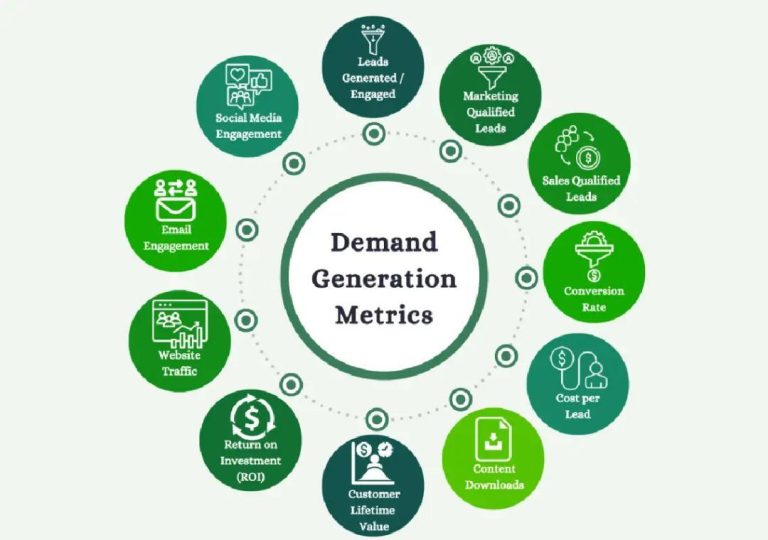
Why are Smarter Brands Using Marketing Playbooks?
In today’s fast-paced digital landscape, marketing teams face unprecedented challenges in creating and executing effective campaigns. With the constant evolution of consumer behavior, technological advancements, and increasing competition, it’s more crucial than ever to have a solid marketing strategy in place. One approach that has gained popularity among top marketers is the use of marketing playbooks. But what are marketing playbooks, and why are they becoming a game-changer for brands?
What is a Marketing Playbook?
A marketing playbook is a documented framework that outlines a brand’s marketing strategy and tactics. It serves as a guide for marketing teams, providing a clear roadmap for creating and executing campaigns that align with business goals. A marketing playbook typically includes the following components:
- Buyer Journey Maps: An in-depth understanding of the customer’s journey, from awareness to purchase and beyond.
- Goal Definition: Clear objectives and key performance indicators (KPIs) to measure campaign success.
- Channel Cadences: A schedule outlining when and how to engage with customers across various channels.
- Content Themes: A library of content ideas and themes that support the brand’s messaging and positioning.
- Iterative Testing: A framework for testing and refining marketing strategies based on data-driven insights.
Why are Smarter Brands Using Marketing Playbooks?
So, why are top marketers flocking to marketing playbooks? Here are some key benefits:
- Consistency and Alignment: A marketing playbook ensures that all teams, departments, and stakeholders are working towards the same goals and messaging. This reduces confusion and duplication of efforts.
- Predictable Results: By defining goals, channel cadences, and content themes upfront, marketing teams can anticipate and measure campaign success. This enables data-driven decision-making and iterative improvement.
- Scalability: With a marketing playbook in place, teams can easily adapt to changing market conditions, customer needs, and competitor activity.
- Efficiency: A documented framework eliminates the need for reinventing the wheel, saving time and resources.
- Collaboration: Marketing playbooks facilitate effective collaboration between teams, ensuring everyone is working towards the same objectives.
How to Create a Marketing Playbook
While creating a marketing playbook may seem daunting, it’s a worthwhile investment for any brand. Here’s a step-by-step guide to get you started:
- Identify Your Goals: Determine what you want to achieve with your marketing efforts. Establish clear, measurable objectives and KPIs.
- Map Your Buyer Journey: Understand your customer’s journey, from awareness to purchase and beyond. Identify pain points, touchpoints, and moments of truth.
- Define Your Content Themes: Develop a library of content ideas and themes that support your brand’s messaging and positioning.
- Plan Your Channel Cadences: Outline a schedule for engaging with customers across various channels, including email, social media, paid advertising, and content marketing.
- Establish Iterative Testing: Develop a framework for testing and refining marketing strategies based on data-driven insights.
Conclusion
In today’s fast-paced digital landscape, marketing playbooks have become an essential tool for top-performing brands. By defining goals, channel cadences, content themes, and KPIs upfront, teams can ensure consistent messaging, predictable results, and scalable marketing efforts. Whether you’re a marketing veteran or just starting out, adopting a marketing playbook will help you streamline your efforts, avoid duplication and inefficiency, and drive business growth.
News Source:
https://www.growthjockey.com/blogs/learn-digital-marketing-framework






